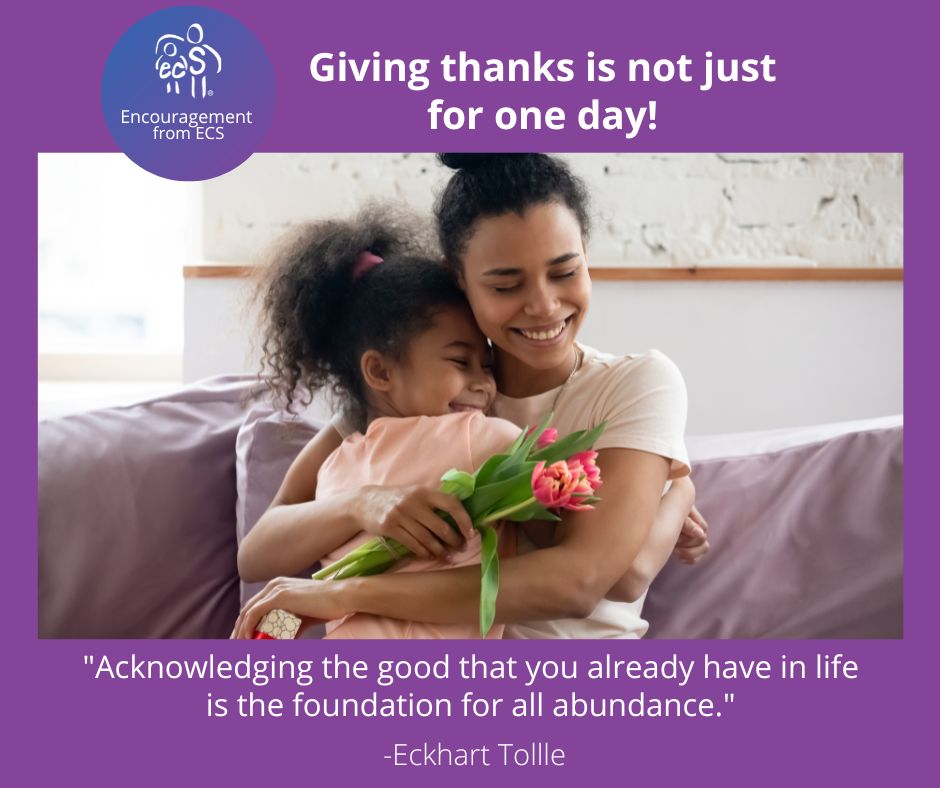1. Share the real story of the first ThanksgivingWhen we share with children the story of the first Thanksgiving, we help them begin to understand an event in history and to learn about people who shaped our nation. We must be careful to provide accurate and age-appropriate information. For parents and teachers of young children, I highly recommend the children’s book, One Little, Two Little, Three Little Pilgrims by B.G. Hennessy. Predictable text makes it fun to read and rich illustrations encourage children to “read the pictures." Help kids notice what the children - and turkeys! - in the pictures are doing, as they work and play as children likely did in 1621. Much of what we know of the first Thanksgiving and the Wampanoag people who joined Pilgrim separatists for that first three-day gathering is illustrated in Hennessy’s children’s book. Also included is back matter that explains Thanksgiving facts as we know them. As you plan Thanksgiving activities and participate in them with children, don’t teach anything that they will have to “unlearn.” If you plan to have a program or feast or to act out the first Thanksgiving, keep in mind that stereotypical images can be lasting and hurtful. Strive for accurate and respectful images and information. The Smithsonian Institution’s National Museum of the American Indian website offers many resources about Thanksgiving, including:
2. Help children appreciate Native American cultures“During National Native American Heritage month, we celebrate Indigenous peoples, past and present… and honor the profound impact Native Americans continue to have in shaping our nation.” (From a proclamation issued by President Biden, Oct 31, 2022) Many early childhood classrooms center stories and activities within a Thanksgiving theme during November. For young children, these activities and images may be their earliest impressions of Native American culture. While dressing up and making Thanksgiving crafts have a long tradition in many learning programs, we teachers and caregivers should be aware of the accuracy of these early and lasting impressions. Let's update our teaching traditions if necessary, so that we are reflecting accurate and age-appropriate representations of Native Americans. This month, and throughout the year, we can explore different Native American tribes. Children enjoy learning where Indigenous people typically lived, and the many different housing, resources, and traditions of their cultures. Let's also help children learn to compare stories of life “a long time ago” with how and where we all live now. Helpful resources:
3. Enjoy open-ended Thanksgiving activities-Through conversation, storytelling, play and creativity, you will be providing age-appropriate information that will lay the groundwork for understanding the history and traditions of Thanksgiving. Here are some ideas:
Comment to share with us your own Thanksgiving activity ideas! 4. Encourage thankfulness each and every dayNovember is a time to reflect on all we have to be thankful for, but let's not stop there! Let's let that abundance fill every day! At Thanksgiving, we're grateful to gather and share traditions with others. We may devote the day to showing appreciation for the blessings of food and of the people in our lives we share the day with, whether family, friends, or our community. We can give abundant thanks for health and blessings throughout the entire year, too. Let's all make the effort to share our gratitude with others by letting them know how much we appreciate their service, their attention to their job, or their presence in our lives. Let's make the most of the opportunities to acknowledge the good we have! We can also help our children cultivate their gratitude:
Here are some more tips from Child Mind Institute on "Raising Grateful Kids" (See the article for all 10 tips):
By the way, we at ECS are grateful for all of you who are helping young children thrive - thank you! 5. Let children know what will happen ahead of timeBeing prepared helps ease children’s anxiety - and behavior - during the holiday season! We all feel better - and behave better! - when we know what to expect! Here are some ideas to help your children prepare for and understand the upcoming changes in daily routine:
We at ECS wish you a calm time of holiday preparation! Check out our blog posts on emotional support and mindfulness if you'd like some helpful calming strategies! References & ResourcesHennessy, B.G. (1999). One Little, Two Little, Three Little Pilgrims. New York: Viking.
National Museum of the American Indian. (n.d.). Smithsonian. https://americanindian.si.edu/nk360. A Proclamation on National Native American Heritage Month. (Oct 31, 2022.) The White House. www.whitehouse.gov/briefing-room/presidential-actions/2022/10/31/a-proclamation-on-national-native-american-heritage-month-2022/ 10 Tips for Raising Grateful Kids: How to help kids show (and feel) appreciation. (Sept 9, 2021). Child Mind Institute. childmind.org/article/10-tips-raising-grateful-kids/
0 Comments
Your comment will be posted after it is approved.
Leave a Reply. |
AuthorI'm Diane Goyette, a Child Development Specialist, Trainer, Consultant and Keynote Speaker. I'm excited to share my blog! Archives
August 2023
Categories
All
|
|
Ways to Contact Us:
Schedule an Appointment |
|
Follow earlychildhoodspecialties for encouragement, teaching tips and more!
|
Follow eepworm for child-friendly posts!
|
© 2013-2024 Early Childhood Specialties LLC. All rights reserved.






 RSS Feed
RSS Feed